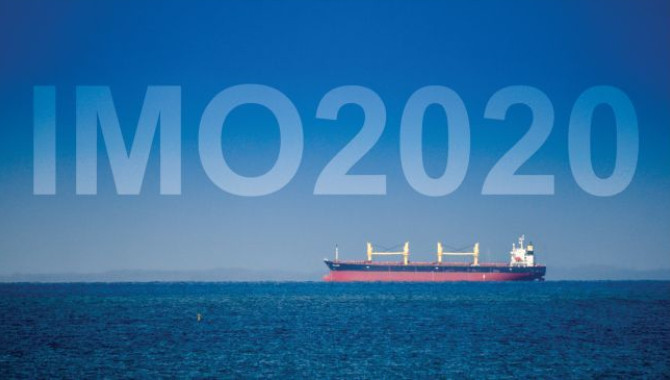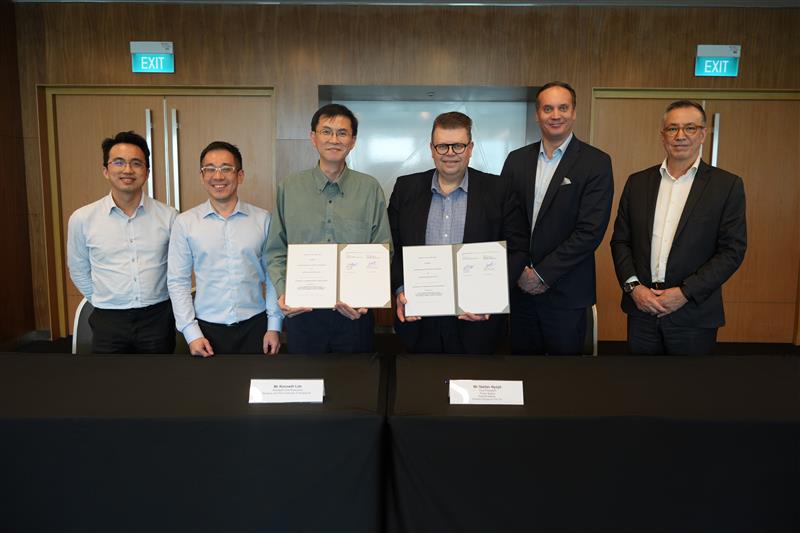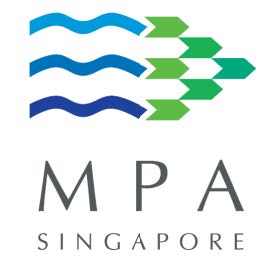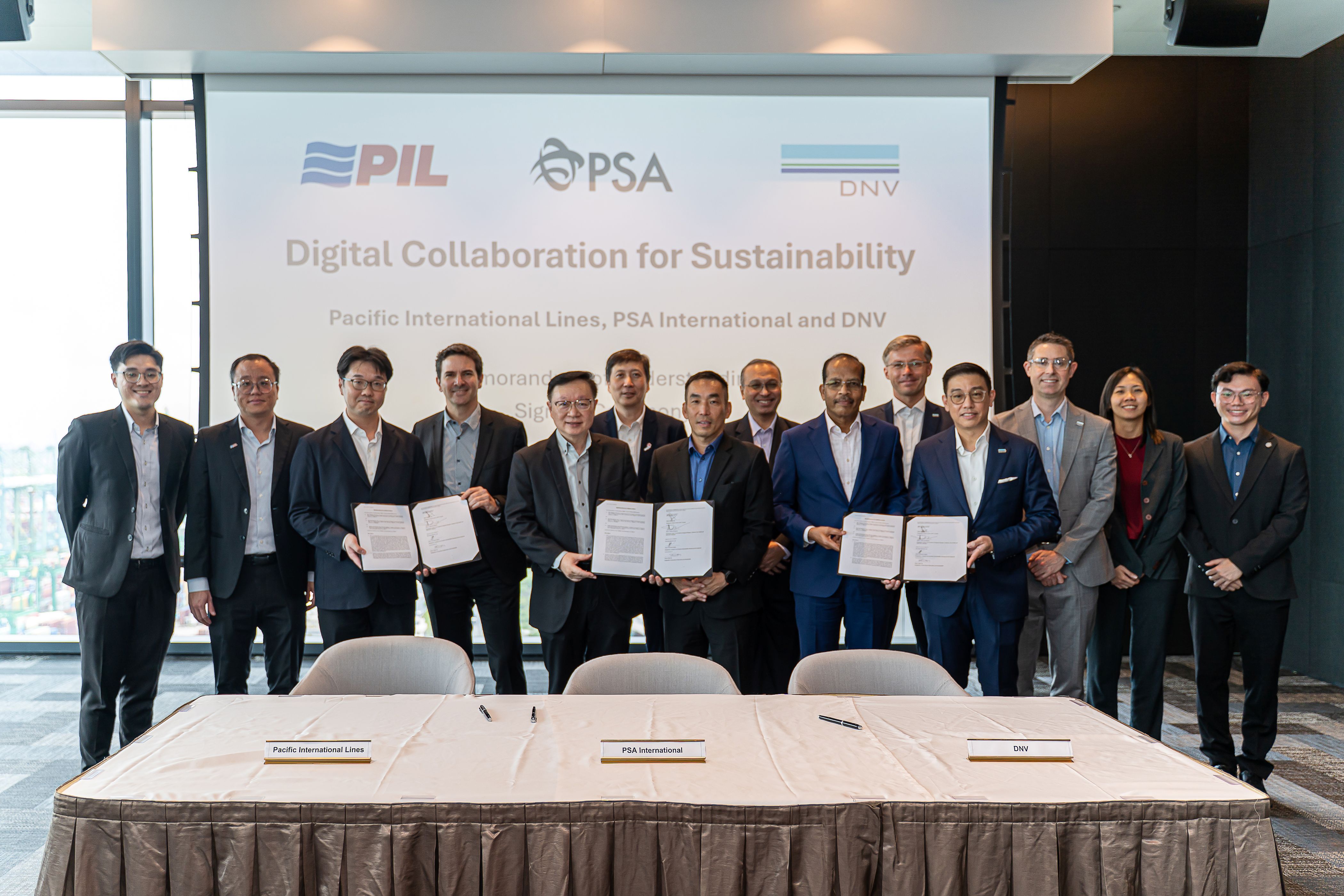
The IMO 2020 sulfur regulations that take effect in three weeks’ time are starting to redefine the choice of bunkering ports and impact the cargo-carrying capacity of dry bulk ships, according to freight market participants.
A large number of dry bulk carriers trading in the Asia-Pacific have already made the switch to 0.5% sulfur marine fuel to comply with the new IMO requirement.
The move is starting to result in many changes, such as dry bulk shipowner-operators preferring straight run 0.5% sulfur fuel, also known as low sulfur fuel oil or LSFO, over blended fuel grades to ensure the safety of their ships and for operational ease.
“If we go to a place where we know we can get straight run LSFO, we try to maximize and take as much of it as possible,” said a ship-operating source, adding this would reduce the amount of cargo that would be loaded on the ship by 500-1,000 mt to enable the higher intake of bunker fuel.
BUNKERING DELAYS
Dry bulk shipowners are now planning the purchase of bunkers well in advance for procuring 0.5% sulfur grade; unlike in the past, when 3.5% sulfur bunker fuel was bought promptly.
“Not only do we need to plan in advance for stemming [supplying] bunkers, but there is also time involved in waiting to complete the bunkering,” a shipowner said.
“We are having to book bunkers about two-three weeks in advance to ensure availability and bunker suppliers would give a small, two-three day laycan,” the shipowner added.
Most of the time, it is highly unlikely that a vessel would call at the bunkering port within the laycan.
“So the bunker supplier will supply when he is ready and there have been instances of ships waiting, even in Singapore, for two days to get the bunkers,” the shipowner said.
QUALITY CONCERNS
Spirited debate over the use of straight run LSFO versus blended grades is continuing as the market settles into the new IMO sulfur regulation regime.
“There is a bit of panic about the quality of blended LSFO that is available at the major bunkering ports,” a second ship-operating source said.
This is causing stress among ship-operators. “There does seem to be a lot of blended fuel oil around which we as operators would not be comfortable using as we are unsure if there are going to be quality claims and how that is going to be handled,” the second ship-operator said.
According to the shipowner, a lot of the blended 0.5% LSFO stems being offered to ships is “borderline” regarding sulfur limits.
“The answers on what to do with off-spec bunkers are still gray,” the shipowner added.
A source with a ship-operator cited a bunker testing report showing an LSFO stem supplied in China that was far below the 0.5% sulfur cap, whereas another stem supplied at an Asian port was just marginally below the same limit.
The viscosity of the LSFO supplied, too, is causing concerns for shipowners. Many stems supplied have had issues with low viscosity. The preference is for LSFO with a viscosity of at least 100 CST.
Higher viscosity usually reflects a better calorific value and is apt for current ship engines. Lower viscosity can cause incomplete combustion and can affect the performance of the ship’s engine.
Market sources said most of the LSFO available in Singapore was of the blended variety, with very little coming directly from refineries. It was also heard that a few oil majors were holding straight run LSFO that was only being sold to their close clients and made available to their own ships.
MORE BUNKER, LESS CARGO
Another issue vexing shipowners and operators is the availability of compliant fuel in ports with lower bunker sales volumes. The uncertainty over the availability of LSFO at these ports, along with the lack of clean barges, is resulting in longer waiting times for taking bunkers.
To mitigate this issue, shipowners are trying to carry as much LSFO on board as is possible given the design of the ship.
On the Indonesia-India coal route, a shipowner would typically take bunkers in Singapore, which would be just enough to ballast to South Africa after completing the cargo discharge in either east or west coast India.
But currently, shipowners-operators are trying to bunker their ships to the maximum possible volume when it passes through ports that have LSFO, and load less cargo to accommodate the extra bunker fuel on board.
The dip in cargo volume loaded on the ship also increases the freight rate slightly, a ship chartering source with a commodity trader said.
Source:Platts
The opinions expressed herein are the author's and not necessarily those of The Xinde Marine News.
Please Contact Us at:
admin@xindemarine.com


 Baltic Exchange launches new Fuel Equivalence Conve
Baltic Exchange launches new Fuel Equivalence Conve  21 Consecutive Years of QUALSHIP 21 Recognition for
21 Consecutive Years of QUALSHIP 21 Recognition for  MPA and Wärtsilä Renew Partnership to Drive Marit
MPA and Wärtsilä Renew Partnership to Drive Marit  MPA and Dalian Maritime University Renew Partnershi
MPA and Dalian Maritime University Renew Partnershi  PSA INTERNATIONAL, DNV AND PACIFIC INTERNATIONAL LI
PSA INTERNATIONAL, DNV AND PACIFIC INTERNATIONAL LI  INTERCARGO Reaffirms Call for Simplicity as IMO Cli
INTERCARGO Reaffirms Call for Simplicity as IMO Cli